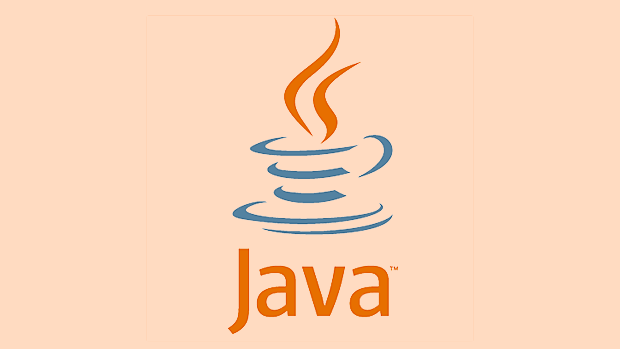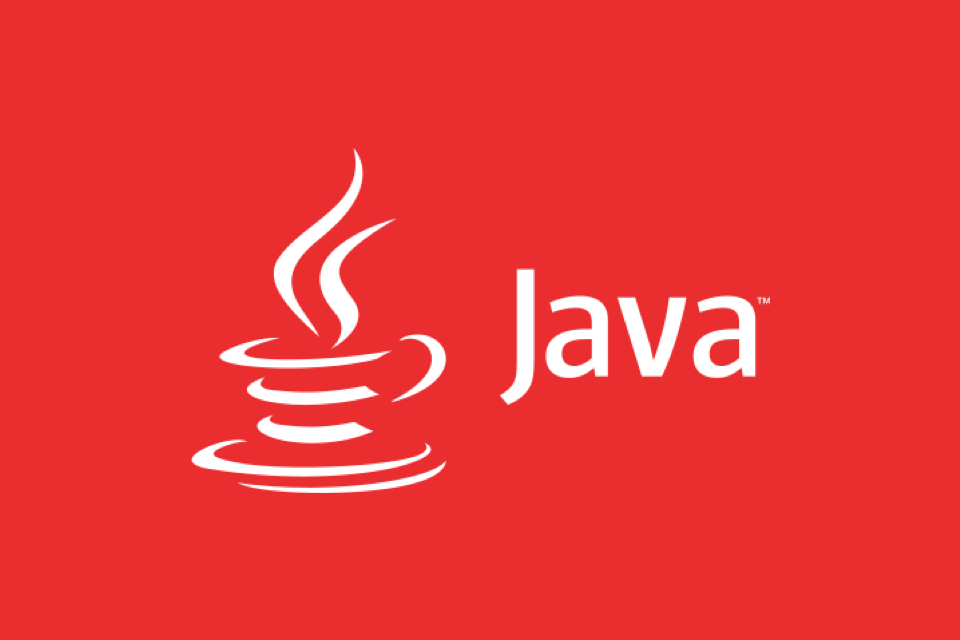ArrayList is suitable for frequent access to elements, while LinkedList is suitable for frequent insertion or deletion of intermediate elements. 1. In terms of internal structure, ArrayList is implemented based on dynamic arrays, with continuous memory and supports fast index access; LinkedList is implemented based on bidirectional linked lists, with low random access efficiency and traversal search. 2. When inserting and deleting, ArrayList needs to move subsequent elements, and the time complexity is O(n); LinkedList only modifies the pointer and can reach O(1) at known node locations. 3. In usage scenarios, if you read more and write less, you need to quickly access the ArrayList; if you add or delete frequently, select LinkedList; if you select memory sensitive ArrayList; if you select LinkedList when modifying the structure during iteration, select LinkedList. 4. The real performance is affected by the environment. It is recommended to pass benchmark tests such as JMH to verify the rationality of the choice.

In Java, ArrayList and LinkedList are both commonly used List implementation classes, but their internal structure and applicable scenarios vary greatly. Simply put: if you need to access elements frequently, use ArrayList; if you frequently insert or delete intermediate elements, LinkedList is more suitable.

1. Different internal structures
ArrayList is implemented based on dynamic arrays , which means it is a continuous piece of space in memory. Finding elements at a certain location is very fast because they can be positioned directly through the index.
LinkedList is implemented based on a bidirectional linked list , and each element holds references to the previous and next nodes. Therefore, its random access is less efficient, and each access must be traversed from the beginning or the end.

For example:
- Do you have an
ArrayListwith 10,000 elements and want to take the 5000th element? Just jump over. - If it is
LinkedList, you have to search down one by one from the first node until the 5000th.
2. Comparison of insertion and deletion efficiency
LinkedList generally performs better than ArrayList when inserting or deleting elements in the middle.

The reason is:
- When
ArrayListinserts an element in the middle, it needs to move all the subsequent elements one by one, which will be very slow when the data volume is large. -
LinkedListonly needs to change the pointing of a few pointers, and does not need to move a large amount of data.
for example:
- Insert an element in the middle of the list:
-
ArrayList: Average time complexity O(n) -
LinkedList: Average time complexity O(n), but O(1) can be achieved when the node location is known.
-
Therefore, if you often do add or delete operations in the middle, give priority to LinkedList.
3. Scenario suggestions
Which structure to choose depends on your usage scenario:
Common recommendations are as follows:
- Read more and write less, and need quick random access → Select
ArrayList - Frequently insert/delete elements in the middle → select
LinkedList - More sensitive to memory usage →
ArrayListis usually more compact, and each nodeLinkedListhas more front and back pointer overhead - Combined with iterator operations →
LinkedListis more efficient in modifying structures (such as deletion) during the iteration process
In actual development, in most cases we are more traversing and querying data, so ArrayList is used more widely.
4. Don’t just look at the theory when performing performance
Although both have their own advantages in theory, the actual performance depends on the specific environment. For example, factors such as JVM optimization, caching mechanism, data size and other factors will affect the results.
If you are not sure which one to use, you can do a simple benchmark test in a specific scenario, such as using the JMH tool to run the time of insertion, query and other operations.
Basically that's it. The two categories have their own strengths and weaknesses, and there is no absolute good or bad. The key is to choose according to actual needs.
The above is the detailed content of ArrayList vs LinkedList in Java. For more information, please follow other related articles on the PHP Chinese website!

Hot AI Tools

Undress AI Tool
Undress images for free

Undresser.AI Undress
AI-powered app for creating realistic nude photos

AI Clothes Remover
Online AI tool for removing clothes from photos.

Clothoff.io
AI clothes remover

Video Face Swap
Swap faces in any video effortlessly with our completely free AI face swap tool!

Hot Article

Hot Tools

Notepad++7.3.1
Easy-to-use and free code editor

SublimeText3 Chinese version
Chinese version, very easy to use

Zend Studio 13.0.1
Powerful PHP integrated development environment

Dreamweaver CS6
Visual web development tools

SublimeText3 Mac version
God-level code editing software (SublimeText3)

Hot Topics
 Java Optional example
Jul 12, 2025 am 02:55 AM
Java Optional example
Jul 12, 2025 am 02:55 AM
Optional can clearly express intentions and reduce code noise for null judgments. 1. Optional.ofNullable is a common way to deal with null objects. For example, when taking values ??from maps, orElse can be used to provide default values, so that the logic is clearer and concise; 2. Use chain calls maps to achieve nested values ??to safely avoid NPE, and automatically terminate if any link is null and return the default value; 3. Filter can be used for conditional filtering, and subsequent operations will continue to be performed only if the conditions are met, otherwise it will jump directly to orElse, which is suitable for lightweight business judgment; 4. It is not recommended to overuse Optional, such as basic types or simple logic, which will increase complexity, and some scenarios will directly return to nu.
 How to iterate over a Map in Java?
Jul 13, 2025 am 02:54 AM
How to iterate over a Map in Java?
Jul 13, 2025 am 02:54 AM
There are three common methods to traverse Map in Java: 1. Use entrySet to obtain keys and values at the same time, which is suitable for most scenarios; 2. Use keySet or values to traverse keys or values respectively; 3. Use Java8's forEach to simplify the code structure. entrySet returns a Set set containing all key-value pairs, and each loop gets the Map.Entry object, suitable for frequent access to keys and values; if only keys or values are required, you can call keySet() or values() respectively, or you can get the value through map.get(key) when traversing the keys; Java 8 can use forEach((key,value)->
 How to fix java.io.NotSerializableException?
Jul 12, 2025 am 03:07 AM
How to fix java.io.NotSerializableException?
Jul 12, 2025 am 03:07 AM
The core workaround for encountering java.io.NotSerializableException is to ensure that all classes that need to be serialized implement the Serializable interface and check the serialization support of nested objects. 1. Add implementsSerializable to the main class; 2. Ensure that the corresponding classes of custom fields in the class also implement Serializable; 3. Use transient to mark fields that do not need to be serialized; 4. Check the non-serialized types in collections or nested objects; 5. Check which class does not implement the interface; 6. Consider replacement design for classes that cannot be modified, such as saving key data or using serializable intermediate structures; 7. Consider modifying
 Comparable vs Comparator in Java
Jul 13, 2025 am 02:31 AM
Comparable vs Comparator in Java
Jul 13, 2025 am 02:31 AM
In Java, Comparable is used to define default sorting rules internally, and Comparator is used to define multiple sorting logic externally. 1.Comparable is an interface implemented by the class itself. It defines the natural order by rewriting the compareTo() method. It is suitable for classes with fixed and most commonly used sorting methods, such as String or Integer. 2. Comparator is an externally defined functional interface, implemented through the compare() method, suitable for situations where multiple sorting methods are required for the same class, the class source code cannot be modified, or the sorting logic is often changed. The difference between the two is that Comparable can only define a sorting logic and needs to modify the class itself, while Compar
 How to parse JSON in Java?
Jul 11, 2025 am 02:18 AM
How to parse JSON in Java?
Jul 11, 2025 am 02:18 AM
There are three common ways to parse JSON in Java: use Jackson, Gson, or org.json. 1. Jackson is suitable for most projects, with good performance and comprehensive functions, and supports conversion and annotation mapping between objects and JSON strings; 2. Gson is more suitable for Android projects or lightweight needs, and is simple to use but slightly inferior in handling complex structures and high-performance scenarios; 3.org.json is suitable for simple tasks or small scripts, and is not recommended for large projects because of its lack of flexibility and type safety. The choice should be decided based on actual needs.
 Outlook shortcut for new email
Jul 11, 2025 am 03:25 AM
Outlook shortcut for new email
Jul 11, 2025 am 03:25 AM
How to quickly create new emails in Outlook is as follows: 1. The desktop version uses the shortcut key Ctrl Shift M to directly pop up a new email window; 2. The web version can create new emails in one-click by creating a bookmark containing JavaScript (such as javascript:document.querySelector("divrole='button'").click()); 3. Use browser plug-ins (such as Vimium, CrxMouseGestures) to trigger the "New Mail" button; 4. Windows users can also select "New Mail" by right-clicking the Outlook icon of the taskbar
 Java method references explained
Jul 12, 2025 am 02:59 AM
Java method references explained
Jul 12, 2025 am 02:59 AM
Method reference is a way to simplify the writing of Lambda expressions in Java, making the code more concise. It is not a new syntax, but a shortcut to Lambda expressions introduced by Java 8, suitable for the context of functional interfaces. The core is to use existing methods directly as implementations of functional interfaces. For example, System.out::println is equivalent to s->System.out.println(s). There are four main forms of method reference: 1. Static method reference (ClassName::staticMethodName); 2. Instance method reference (binding to a specific object, instance::methodName); 3.
 Understanding the Java volatile Keyword Usage
Jul 12, 2025 am 01:50 AM
Understanding the Java volatile Keyword Usage
Jul 12, 2025 am 01:50 AM
The volatile keyword in Java often feels a bit abstract, especially for those who are new to concurrent programming. In fact, its function is very clear: to ensure the visibility of variables between multiple threads. That is to say, when one thread modifies the variable value modified by volatile, other threads can see the change immediately. It is not a master key to solve all concurrency problems, but it is very useful in some scenarios. Let’s take a look at how to use it and where it is suitable for use. When do you need to use volatile? The most typical application scenario is the status flag, such as controlling whether the thread continues to run: privatevolatilebooleanrunning=true;






